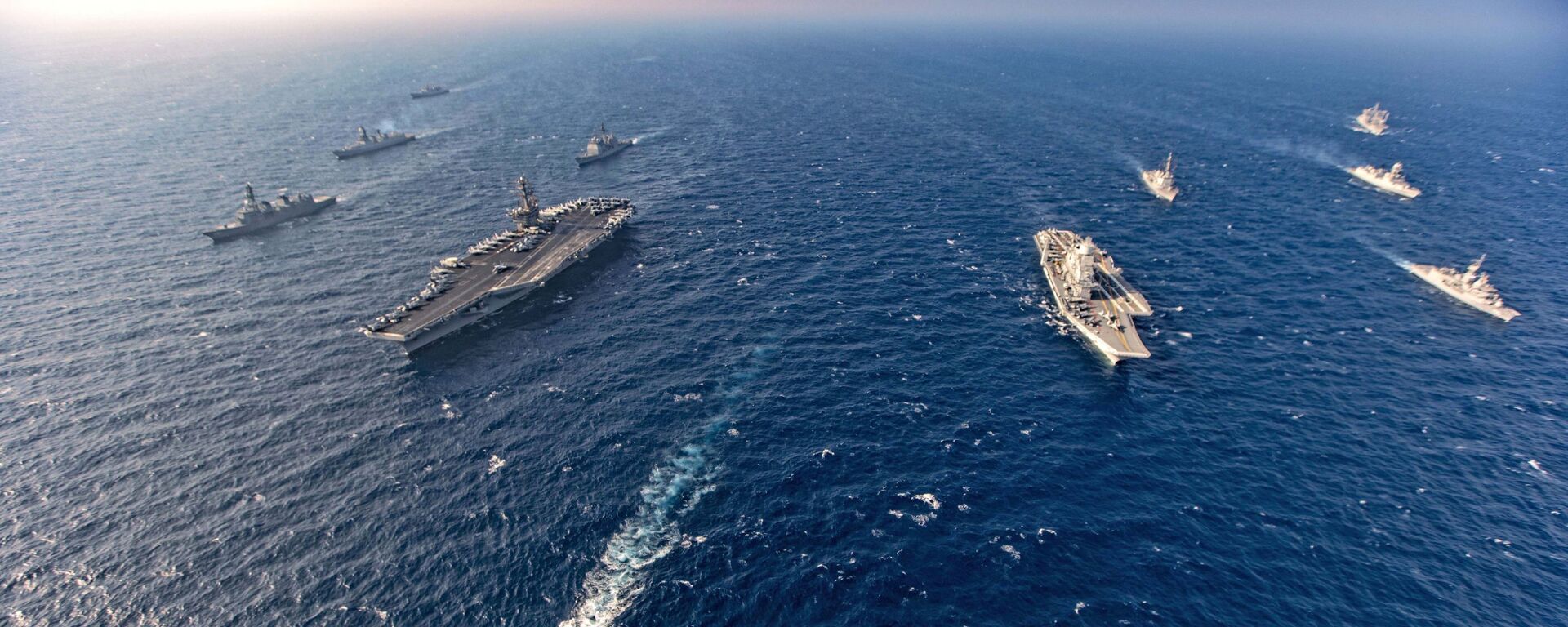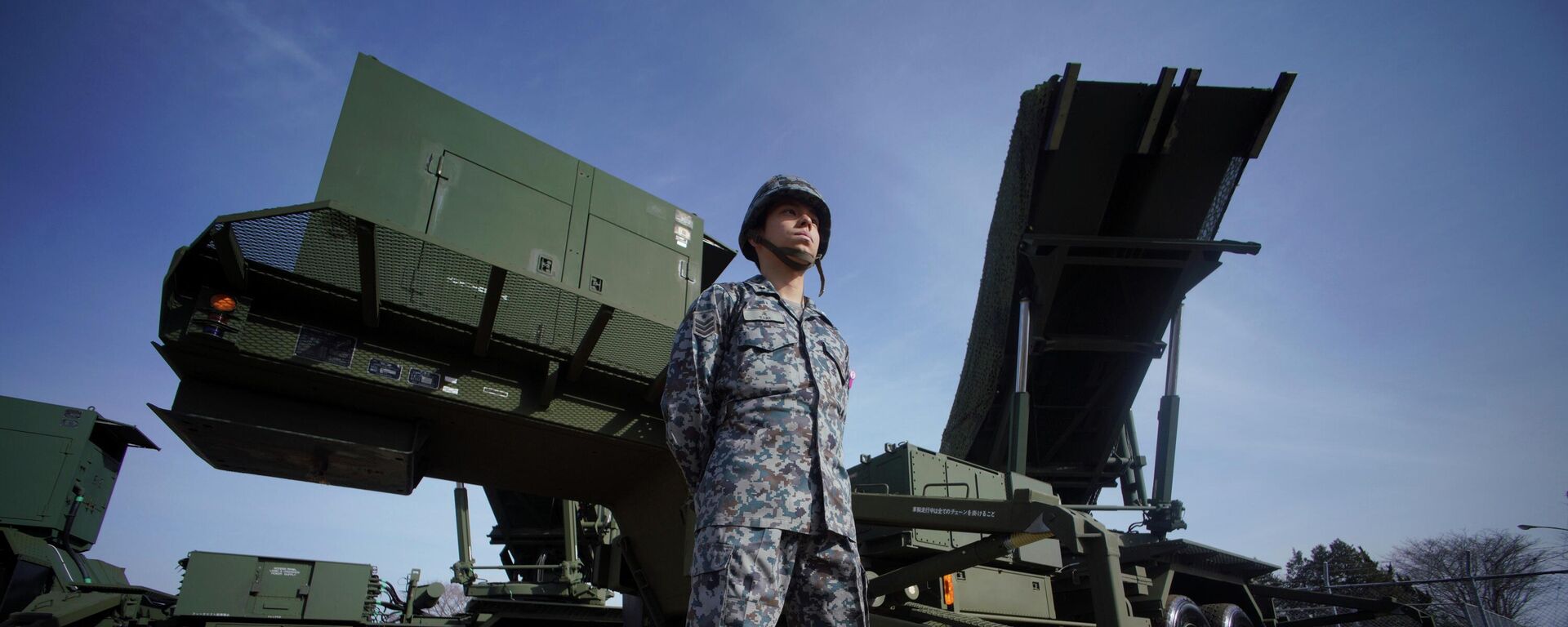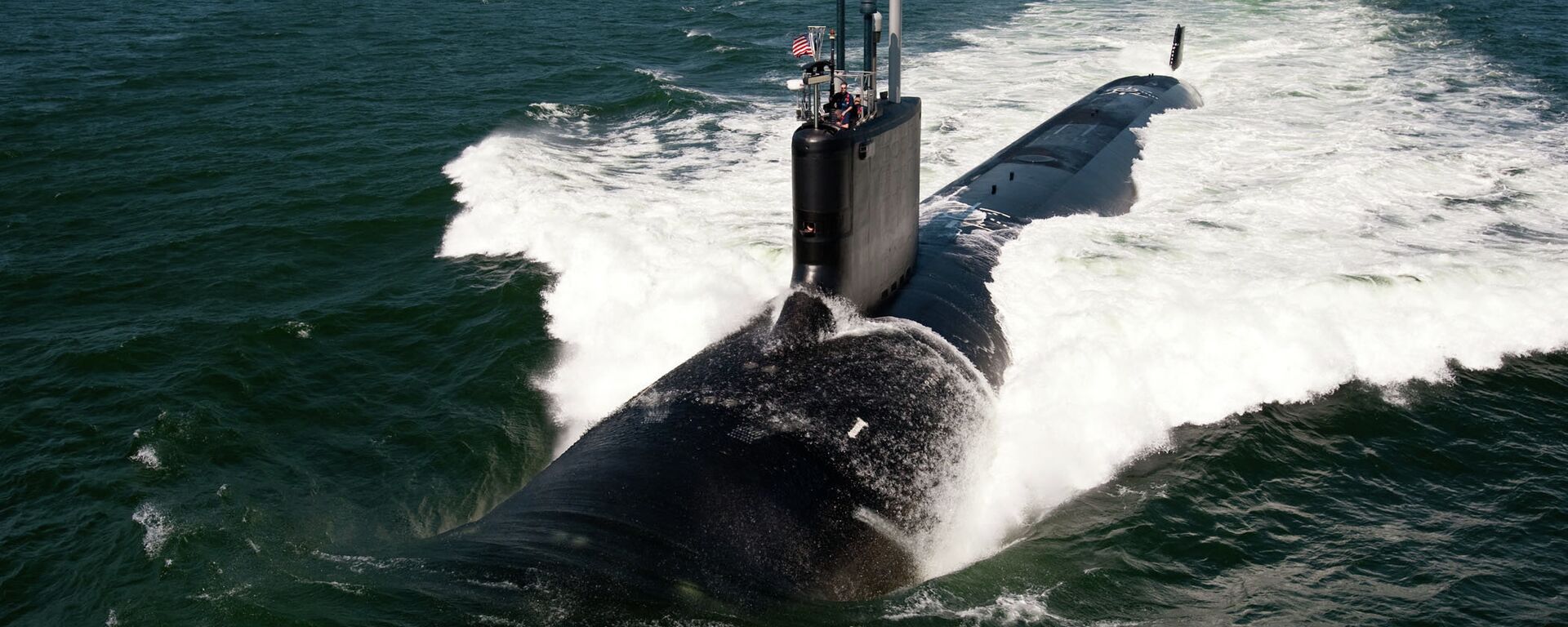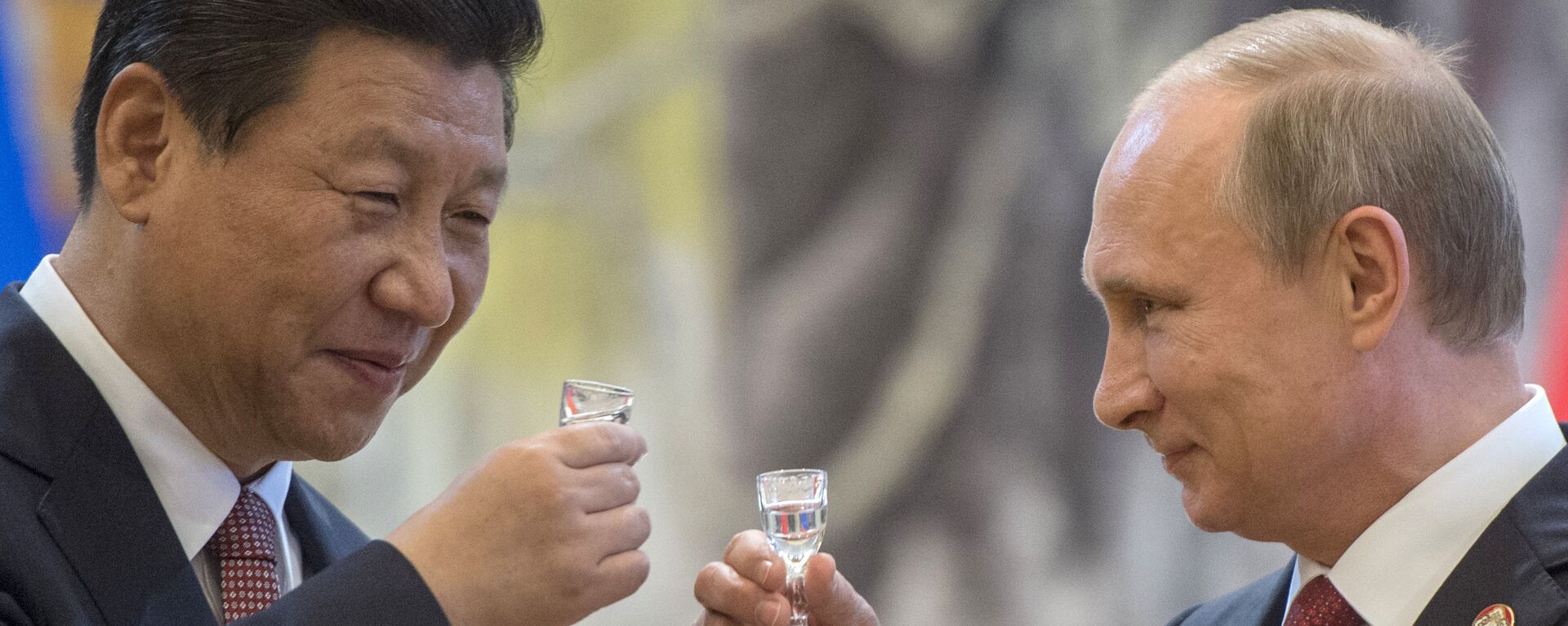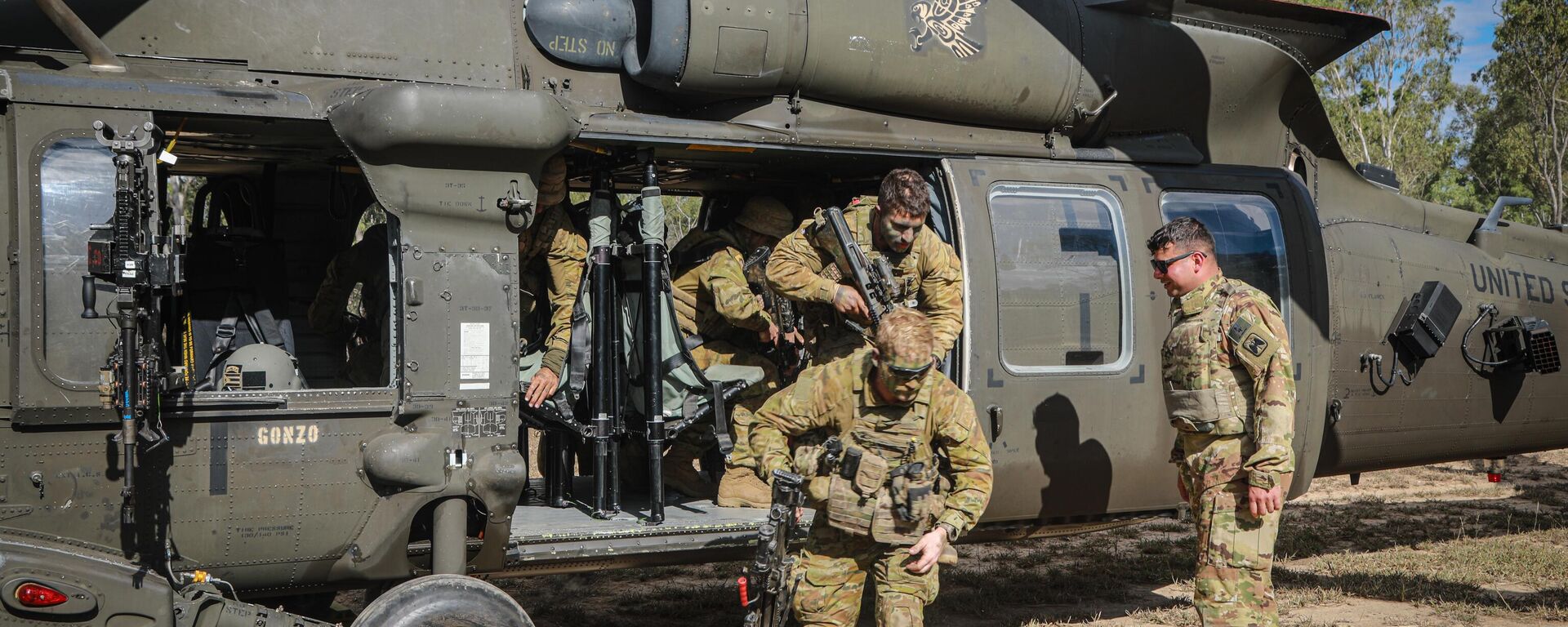Does New Japan-Australia Defense Pact Bring Asia-Pacific Closer to War?
10:18 GMT 13.08.2023 (Updated: 18:54 GMT 13.08.2023)
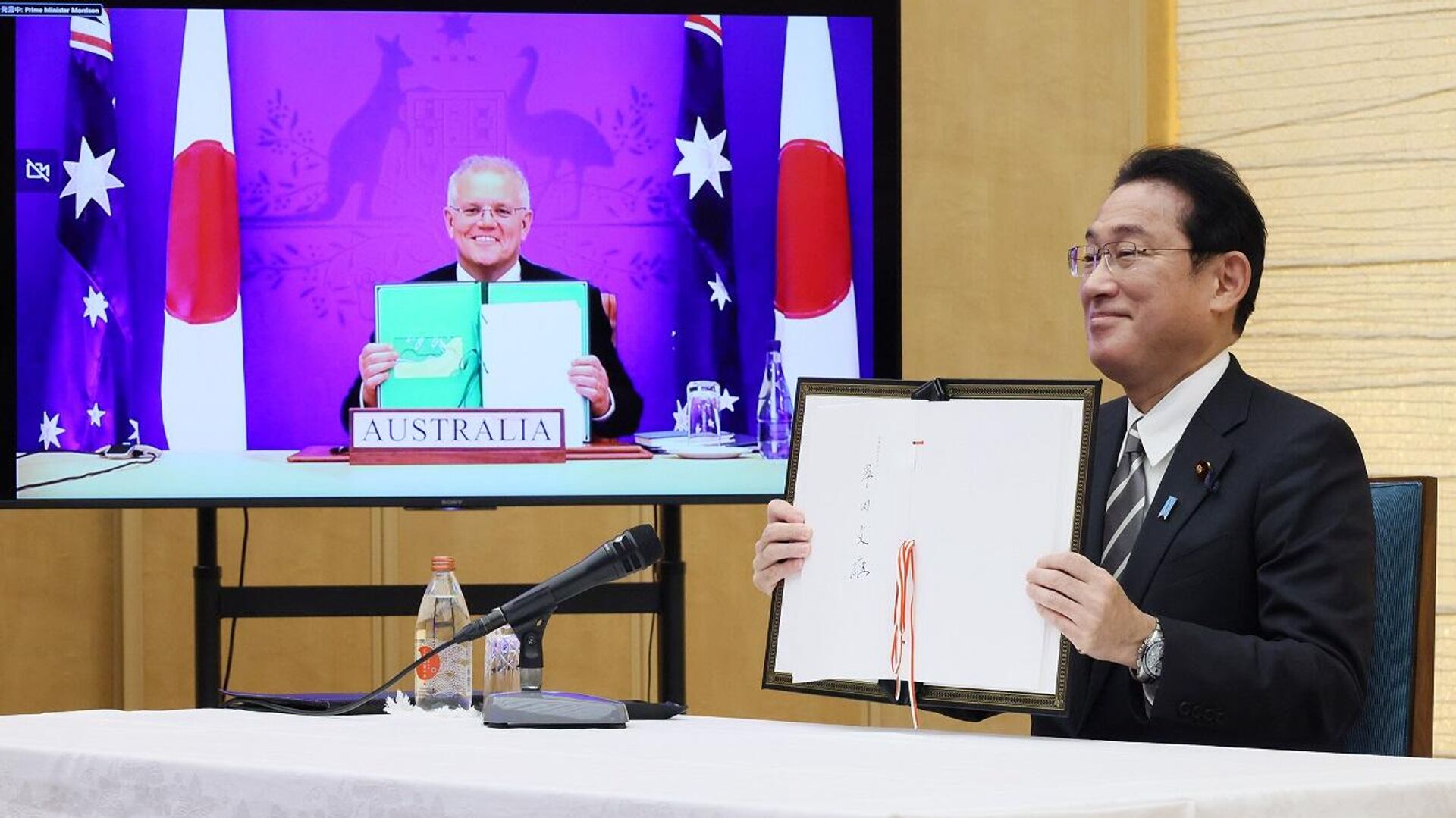
© Photo : Japanese Embassy in Australia
Subscribe
The Japan-Australia military cooperation pact took effect on Sunday, facilitating joint drills, quicker deployment of forces, and transportation of weapons and supplies. What does the agreement mean for China?
The Japan-Australia Reciprocal Access Agreement (RAA) was signed in January 2022 in order to strengthen "deterrence" against the People's Republic of China (PRC) amid growing tensions over Taiwan, as per the Japanese press.
"The agreement looks forward to deepening defense cooperation, intelligence sharing, economic security cooperation, climate and energy security. But it's not designed to replace the Japanese-American mutual military alliance or the Australian 'ANZUS' treaty - this sort of supplementary, they call them here 'minilateralisms', but it is just bilateral agreements that reinforce the deepening ties," Professor Joe Siracusa, dean of global futures at Curtin University in Perth, Australia, told Sputnik.
According to Siracusa, there are no doubts that the RAA is aimed against the People's Republic along with other initiatives pursued by the US and its NATO allies in the region.
"China sort of haunts the Australian policymakers," the professor said. "They say China is a coming threat. I do not think China is interested in attacking Australia. All it has to do is just ignore Australia. Even if there were a war. But because Japan and Australia are also part of the Quad which is an informal relationship, and because each of them is tied up to the United States [this] just adds another wrinkle of difficulty for Chinese defense war planners."
The Japan-Australia treaty should be viewed as part of a large package of bilateral and multilateral pacts that are being concluded in Asia and the Asia-Pacific space by the US and its allies, according to Igor Istomin, lead research fellow at the Center for Advanced American Studies, MGIMO University. Having both military and economic dimensions all these treaties are related to the task of containing and countering China, whom the United States sees as an adversary and whom Australia, Japan, and South Korea see as a competitor, according to the researcher.
To illustrate his point, Istomin referred to the Quadrilateral Security Dialogue, or the Quad, which was formed between Australia, India, Japan and the United States; AUKUS, an acronym for the trilateral security pact between Australia, the UK, and the US for the Asia-Pacific region; as well as the evolving tripartite format of coordination between Washington, Seoul and Tokyo.
"They are all intertwined with each other, and all pursue this goal of deterrence," Istomin told Sputnik.
Remarkably, the Japan-Australia pact plays a similar role to the Japan-US Status of Forces Agreement and will simplify procedures for bringing in troops, weapons and ammunition between Japan and Australia. Back in January 2023, Japan inked the RAA with the UK, further expanding Tokyo's network of defense pacts.
Why US Allies Sign Bilateral Defense Pacts?
Bilateral pacts concluded by Washington's allies – with the White House's blessing – indicate that the US power is fading, per Istomin.
"Historically, the United States has built its policy in the region on the basis of the so-called wheel and spoke concept. It meant that the United States was a center around which bilateral alliances were built: a separate alliance with Japan, a separate alliance with South Korea, a separate alliance with Australia and New Zealand, and a number of others."
"And now it is clear that as China rises, the US does not have enough resources and therefore it is encouraging the development of ties between these 'spokes' in the wheel. These countries also understand that the United States will not be able to help them all and not to the extent they would like in the event of a conflict, so they build these agreements," the researcher continued.
In fact, these agreements serve as a hedge as “maybe America won't be there in the morning”, echoed Siracusa. Still, he believes that without Washington's active participation, any security agreements between Japan and Australia are not particularly viable.
"The Australian-Japanese relationship goes nowhere without the United States of America," he said. "So in terms of it just this joint thing, and all the things I just suggested it will do, it will come to nought if the United States is kept outside."
Meanwhile, Japan and Australia have become the front-runners of the US-centric network in the Asia-Pacific, according to Istomin. He has drawn attention to the fact that over the recent years Tokyo and Canberra have concluded a plethora of agreements in the economic sphere – including a trilateral format with the United States, as a way to counter and block Beijing's Belt and Road Initiative (BRI) – as well as cooperation treaties in the field of infrastructure. In particular, Japan and Australia declared programs for third countries in order to engage them into their fold. According to Istomin, all these would be supplemented by military-technical cooperation.
What’s China's Response to Asia-Pacific Militarization?
The People's Republic obviously understands what the end goal of the US and its allies' regional maneuvers is, the Russian scholar said, adding that for its part Beijing is not rushing to conclude any pacts with its neighbors or other world players.
"China is largely self-reliant," Istomin explained. "At least militarily, China is getting stronger. Therefore, China may not be so active in concluding any agreements. And in general, China has a long-standing policy, according to which it declares that it does not enter into military alliances and military blocs. (…) Therefore, to a greater extent, the emphasis is on their own forces and on alternative, diplomatic ways of persuading and explaining to the countries of Southeast Asia that it is more profitable for them to cooperate with China than to follow the American path. In part, this may play into the hands of China in the sense that so many countries in Southeast Asia have repeatedly said that they do not want to choose between the US and China."
In addition, Beijing has come up with a series of peace initiatives and plays the role of an international peace broker. In February, Beijing released a 12-point proposal that called for the resumption of peace talks between Kiev and Moscow. In March, the People's Republic brokered a historic reconciliation between Iran and Saudi Arabia. At the beginning of this year the PRC released its Global Security Initiative Concept that lays out practical measures to address current security challenges. The document emphasized that "the Cold War mentality, unilateralism, bloc confrontation and hegemonism contradict the spirit of the UN Charter and must be resisted and rejected."
In stark contrast to Beijing's initiatives, Australia and Japan are building up their military forces and enhancing security ties with the US.
In particular, in December 2022, the Japanese Prime Minister Fumio Kishida’s government approved doubling the nation's defense spending within the next five years. In May, Tokyo announced the formation of a NATO liaison office in Japan. On July 28, Japan released the 2023 Defense White Paper, warning about an "advent of a new crisis era" and citing an apparent "threat" posed by China, Russia and North Korea, which prompted Pyongyang to condemn Tokyo's alarmism as nothing else than an attempt to justify the latter's unprecedented military buildup in the Asia-Pacific region.
Meanwhile, Australia and the US have been pushing ahead with the nuclear-powered submarine deal under the AUKUS framework, triggering fears of a potential nuclear race among the Association of Southeast Asian Nations (ASEAN) nations. In June, Cambodian Prime Minister Hun Sen and his ASEAN allies raised doubts about AUKUS' compliance with non-proliferation rules and emphasized that ASEAN is a nuclear-weapon-free zone region.
For its part, China never misses an opportunity to demonstrate to regional players that while Beijing is standing for peace and inclusiveness, the US and its allies are trying to destabilize the region and pit the nations against each other.
Do New Asia-Pacific Pacts Mean War Preparation?
The question is whether the US-driven formation of blocs and alliances in the Asia-Pacific region will eventually lead to a full-fledged conflict.
"Japan does have a very powerful military, at least a very modern military," Istomin said. "Therefore, of course, there is a danger of some kind of aggravation. And the key point which is being discussed now is the situation around Taiwan. For example, 10 years ago, the focus was more on the situation in the South China Sea. There are direct Japanese-Chinese contradictions about the Senkaku or Diaoyu Islands - this is one Japanese name, another Chinese. That is, there are quite a lot of conflict points where it can flare up. However, Taiwan is the most obvious and the most dangerous issue, because China regards it from the viewpoint of its national integrity."
The RAA is unlikely to become a trigger for a potential regional conflict but it creates a precedent, according to the Russian scholar. Being limited to movements of troops and weapons during joint drills and disaster relief operations, it nevertheless constitutes a clear departure from Japan's previous largely pacifist security concept, he noted.
"What America is trying to do is get everybody in this part of the world to choose between Beijing and Washington," said Siracusa. "When it comes to Tokyo and Canberra there's no discussion. There's going to be no discussion. If there were a war Monday morning, they both be in - that's the end of the discussion."
"It's literally a devolution of sovereignty to a doctrine or some other place. You know, Australia is literally one step away from joining NATO. They could become a member of NATO tomorrow, but God knows what NATO's doing in this part of the world. It suggests profound changes," the professor concluded.

